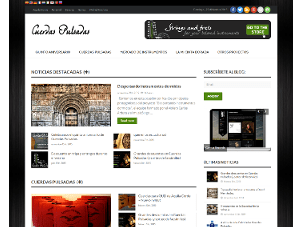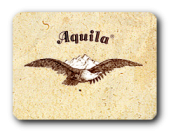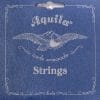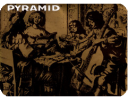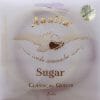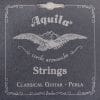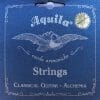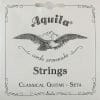I always had this idea about doing some art work cats and lutes for a while and, finally, I was lucky to found Nathan Nun and his awesome work at Etsy.
Most of the public illustrations made by Nathan are human-characterized cats playing different roles, even some of them were already related to music.
 The perfect quality of the illustrations, all the incredible details of the cat, the overall composition and the serious but funny attitude of the cats caught my attention at first sight.
So… after a few messages, we agreed to start by renaissance lute and german theorbo, although now we have a baroque guitar too 🙂
Nathan showed lots of patience while we provided explanations and examples about the lutes, since we wanted to have fully detailed and realistic instruments, just like the ones we can see in old paintings.
And the final result is amazing, all the details are present in an incredible quality: strings, frets, gauges, rose, pegs… and what can I say about the cats… you can feel even the hair!
The perfect quality of the illustrations, all the incredible details of the cat, the overall composition and the serious but funny attitude of the cats caught my attention at first sight.
So… after a few messages, we agreed to start by renaissance lute and german theorbo, although now we have a baroque guitar too 🙂
Nathan showed lots of patience while we provided explanations and examples about the lutes, since we wanted to have fully detailed and realistic instruments, just like the ones we can see in old paintings.
And the final result is amazing, all the details are present in an incredible quality: strings, frets, gauges, rose, pegs… and what can I say about the cats… you can feel even the hair!
 We thought that it could be a great idea to add one the straps made by La Rossignol, and Nathan included them with all the details too. They looked absolutely great on the overall illustration.
But, let me please share the interview that Nathan was so kind to answer:
We thought that it could be a great idea to add one the straps made by La Rossignol, and Nathan included them with all the details too. They looked absolutely great on the overall illustration.
But, let me please share the interview that Nathan was so kind to answer:
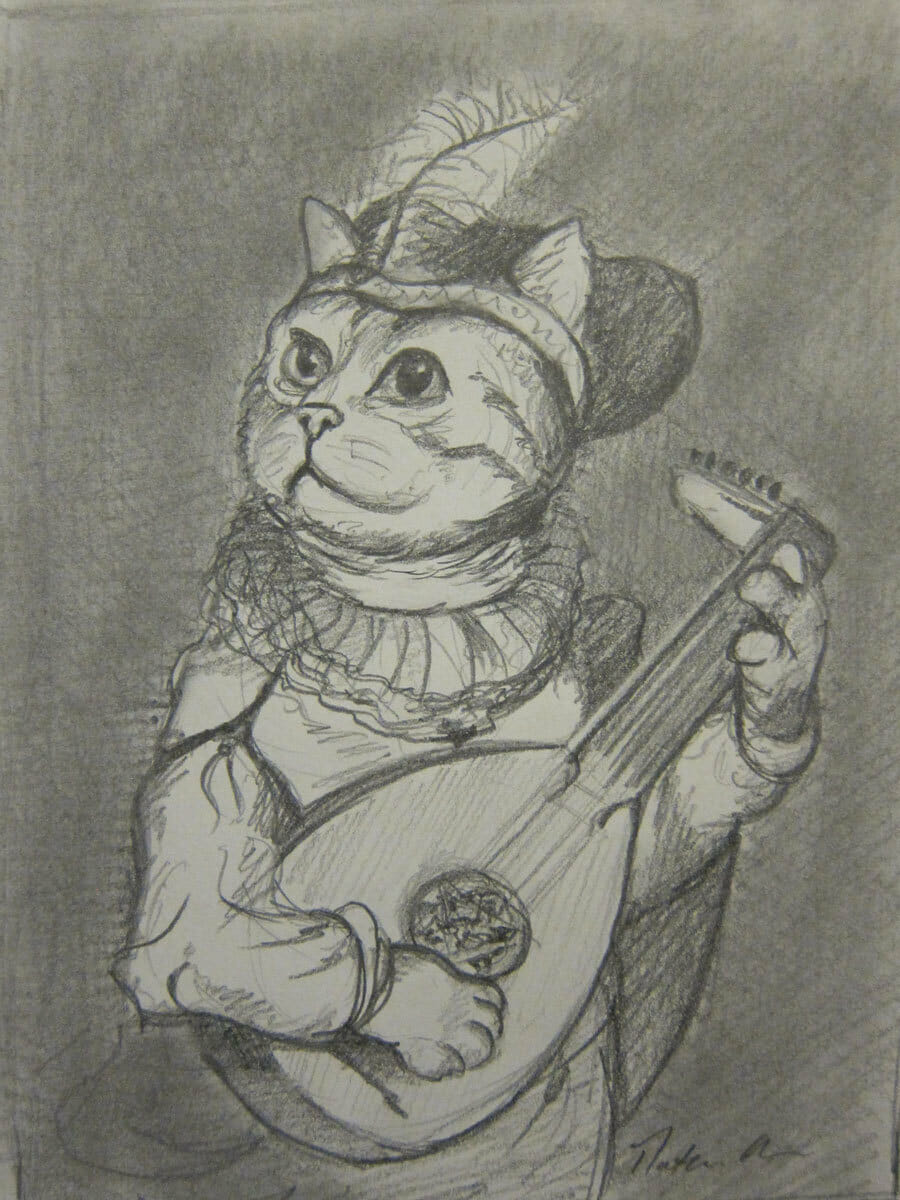 Process2:
With base colours all filled in, I begin to lay some rough highlight and shadow not paying too much attention to details
Process2:
With base colours all filled in, I begin to lay some rough highlight and shadow not paying too much attention to details
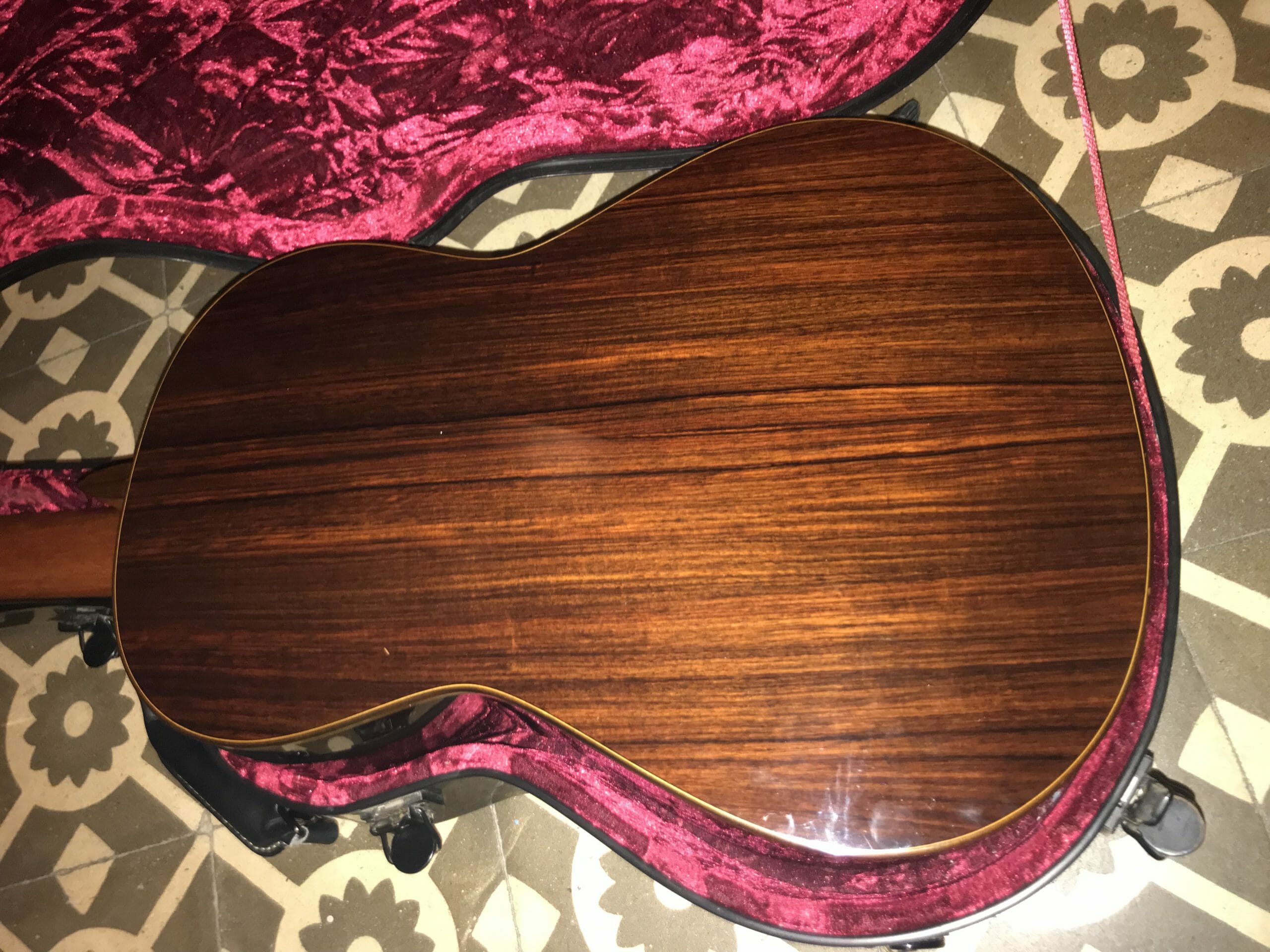 Process3:
I begin blending the colours, adding additional colour as necessary and start defining some of the details.
The (catnip) rose design is created separately in Adobe Illustrator and brought into photoshop.
Process4:
Additional details are added. Some design changes are made like extending the cape under the arm.
Process3:
I begin blending the colours, adding additional colour as necessary and start defining some of the details.
The (catnip) rose design is created separately in Adobe Illustrator and brought into photoshop.
Process4:
Additional details are added. Some design changes are made like extending the cape under the arm.
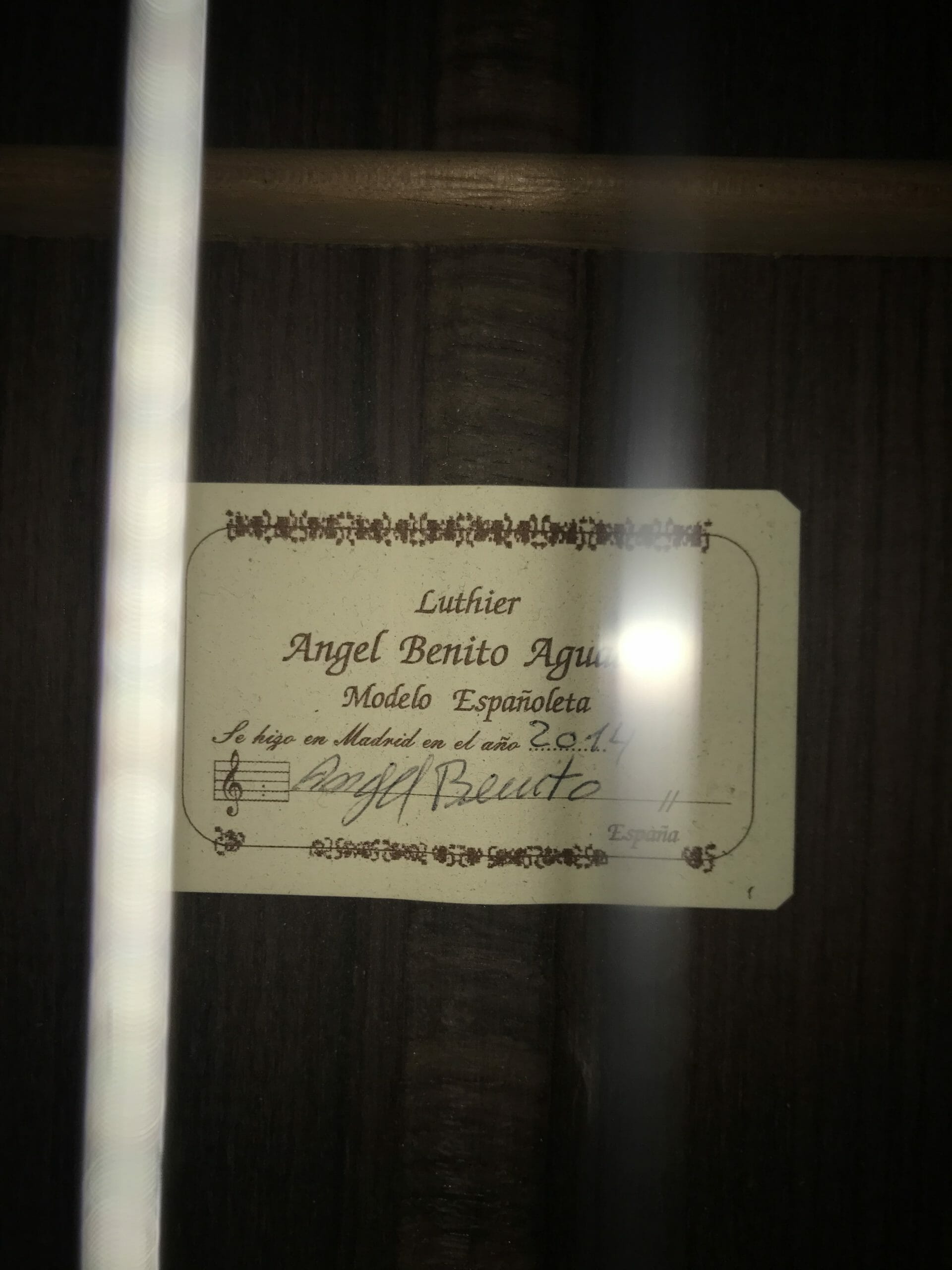 Process5: More detailing such as adding whiskers and fine hairs. Additional layers are added to add a bit more texture and depth. Almost done.
Thanks Nathan for all your patience and dedication during the process, and congratulations for your work. You have helped to realize our dream to have cats and lutes finally toguether!
And, for all of you, lute lovers, remember that Cats&Lutes t-shirts are available at Cuerdas Pulsadas, we will add more stock and baroque guitar will also be available quite soon.
Process5: More detailing such as adding whiskers and fine hairs. Additional layers are added to add a bit more texture and depth. Almost done.
Thanks Nathan for all your patience and dedication during the process, and congratulations for your work. You have helped to realize our dream to have cats and lutes finally toguether!
And, for all of you, lute lovers, remember that Cats&Lutes t-shirts are available at Cuerdas Pulsadas, we will add more stock and baroque guitar will also be available quite soon.
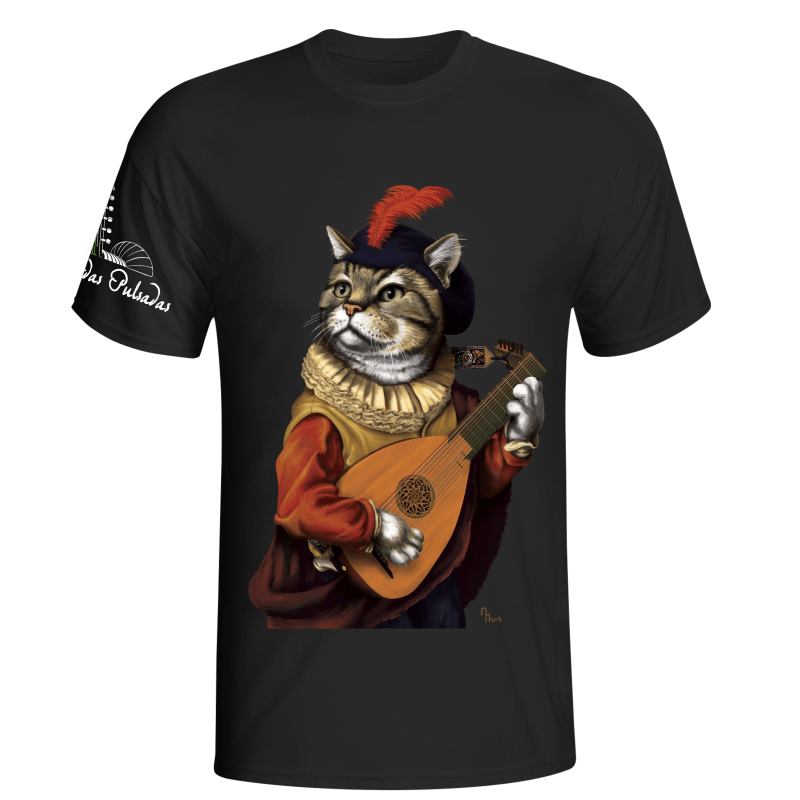

 The perfect quality of the illustrations, all the incredible details of the cat, the overall composition and the serious but funny attitude of the cats caught my attention at first sight.
So… after a few messages, we agreed to start by renaissance lute and german theorbo, although now we have a baroque guitar too 🙂
Nathan showed lots of patience while we provided explanations and examples about the lutes, since we wanted to have fully detailed and realistic instruments, just like the ones we can see in old paintings.
And the final result is amazing, all the details are present in an incredible quality: strings, frets, gauges, rose, pegs… and what can I say about the cats… you can feel even the hair!
The perfect quality of the illustrations, all the incredible details of the cat, the overall composition and the serious but funny attitude of the cats caught my attention at first sight.
So… after a few messages, we agreed to start by renaissance lute and german theorbo, although now we have a baroque guitar too 🙂
Nathan showed lots of patience while we provided explanations and examples about the lutes, since we wanted to have fully detailed and realistic instruments, just like the ones we can see in old paintings.
And the final result is amazing, all the details are present in an incredible quality: strings, frets, gauges, rose, pegs… and what can I say about the cats… you can feel even the hair!
 We thought that it could be a great idea to add one the straps made by La Rossignol, and Nathan included them with all the details too. They looked absolutely great on the overall illustration.
But, let me please share the interview that Nathan was so kind to answer:
We thought that it could be a great idea to add one the straps made by La Rossignol, and Nathan included them with all the details too. They looked absolutely great on the overall illustration.
But, let me please share the interview that Nathan was so kind to answer:
1) How did you start drawing human-characterized cats? Do you have any special relationship with cats?I’ve always liked cats and live with two senior cats, Joey and Kinsey. They are a big part of my day especially as I work from my home office regularly. I love them to bits. I really enjoy drawing animals and nature as well as fantasy characters and costume so putting these all together just seemed like something that needed to be done. Although there are a lot of cats on the internet, seeing cats and other animals in human poses and costume is still a bit of a curiosity – so I like that aspect as well. I like to think I am doing something novel when bringing these elements together as my characters are not simply animal heads glued to human bodies – I try to mix human and animal physiology and think about how human costumes might fit or be designed differently if they were actually designed by cats – something that is especially true with hats that need to fit around or over ears.
2) How is your design process?Most of my drawings start out with some research. Whether they are historical or fantasy I collect same samples of period pieces that are either informative or interesting. For instance, one picture might help me see what a 14th century headdress might look like or what armor looks like at a particular angle. Another picture might have some kind of detail that I might want to incorporate later on. With the help of these images and other brainstorming notes I do a rough pencil sketch. When that looks right I transfer it onto my canvas or in the case of digital work bring it up in Photoshop. From there I start painting starting with a few base colours and work towards a more detailed image.
3) What was your inspiration in those paintings? what was the most difficult thing regarding these illustrations about lutes?In this case other paintings from the period. I borrowed heavily from a few paintings in terms of pose and costume. The rich colours palettes are sampled from period paintings as well. By far the most difficult thing was detailing the instruments. We wanted these to be as accurate as possible and I didn’t know that much about the particularities of these historic instruments. Unfortunately, found images do not always have all the required details clearly visible. For instance, it is often difficult to pick out details such as number of strings and where they end up. So I had to source many images and did some trial and error to get the number, colour, etc. of these details right. Process1: I bring the sketch into photoshop and draw a quick digital version some changes are made along the way in proportions. I select some base colours and begin filling in blocks of colour.
 Process2:
With base colours all filled in, I begin to lay some rough highlight and shadow not paying too much attention to details
Process2:
With base colours all filled in, I begin to lay some rough highlight and shadow not paying too much attention to details
 Process3:
I begin blending the colours, adding additional colour as necessary and start defining some of the details.
The (catnip) rose design is created separately in Adobe Illustrator and brought into photoshop.
Process4:
Additional details are added. Some design changes are made like extending the cape under the arm.
Process3:
I begin blending the colours, adding additional colour as necessary and start defining some of the details.
The (catnip) rose design is created separately in Adobe Illustrator and brought into photoshop.
Process4:
Additional details are added. Some design changes are made like extending the cape under the arm.
 Process5: More detailing such as adding whiskers and fine hairs. Additional layers are added to add a bit more texture and depth. Almost done.
Thanks Nathan for all your patience and dedication during the process, and congratulations for your work. You have helped to realize our dream to have cats and lutes finally toguether!
And, for all of you, lute lovers, remember that Cats&Lutes t-shirts are available at Cuerdas Pulsadas, we will add more stock and baroque guitar will also be available quite soon.
Process5: More detailing such as adding whiskers and fine hairs. Additional layers are added to add a bit more texture and depth. Almost done.
Thanks Nathan for all your patience and dedication during the process, and congratulations for your work. You have helped to realize our dream to have cats and lutes finally toguether!
And, for all of you, lute lovers, remember that Cats&Lutes t-shirts are available at Cuerdas Pulsadas, we will add more stock and baroque guitar will also be available quite soon.



